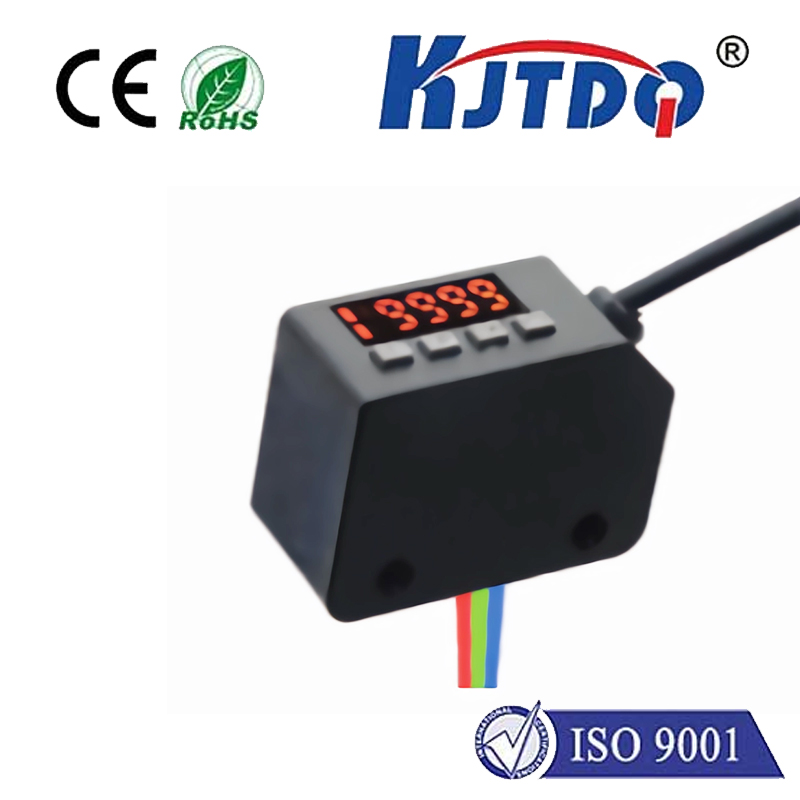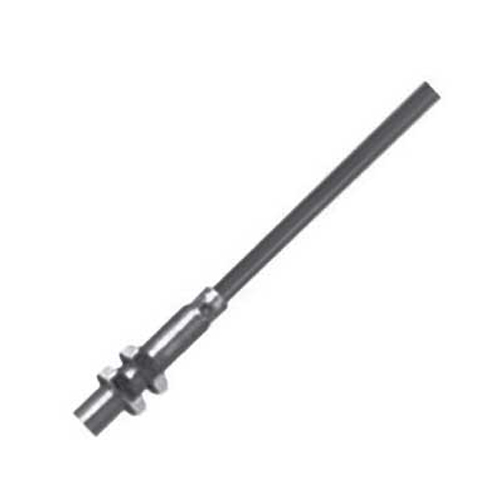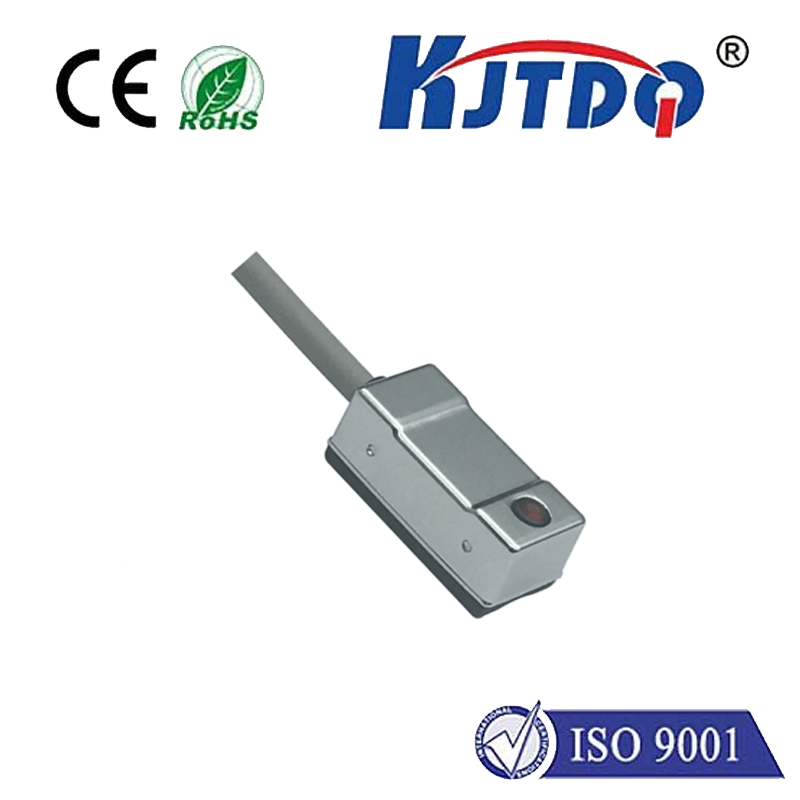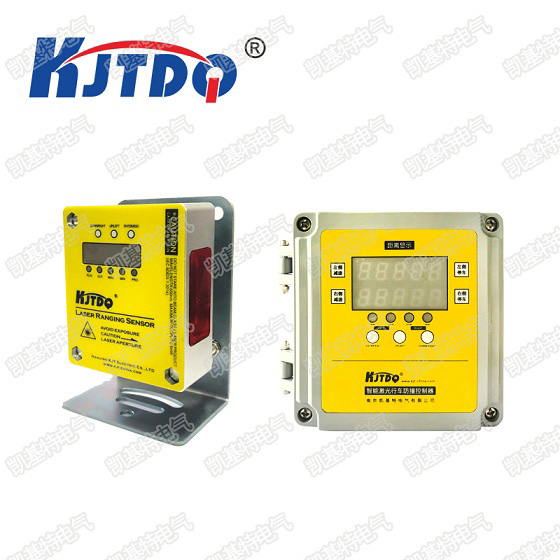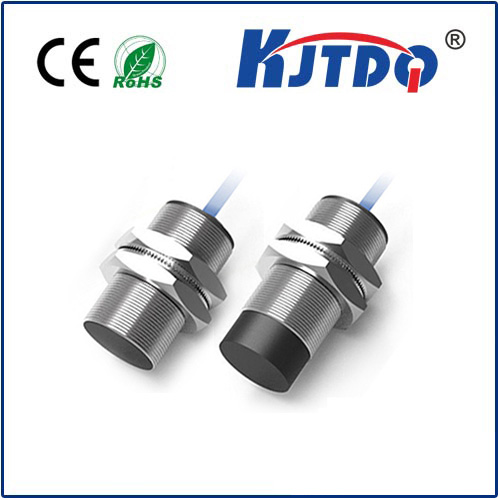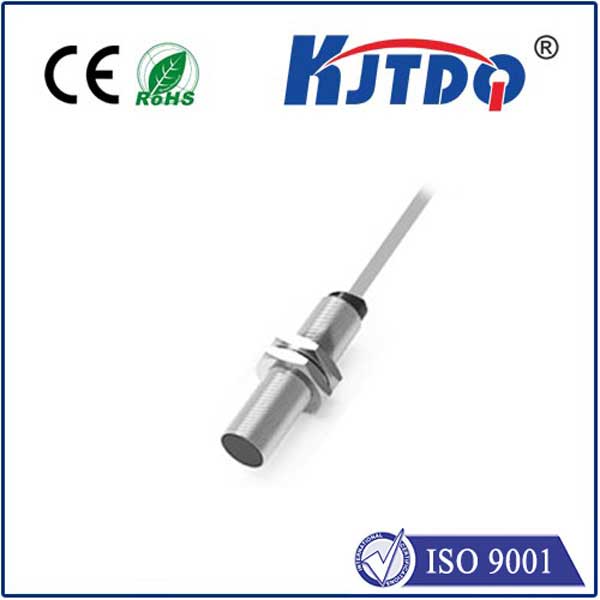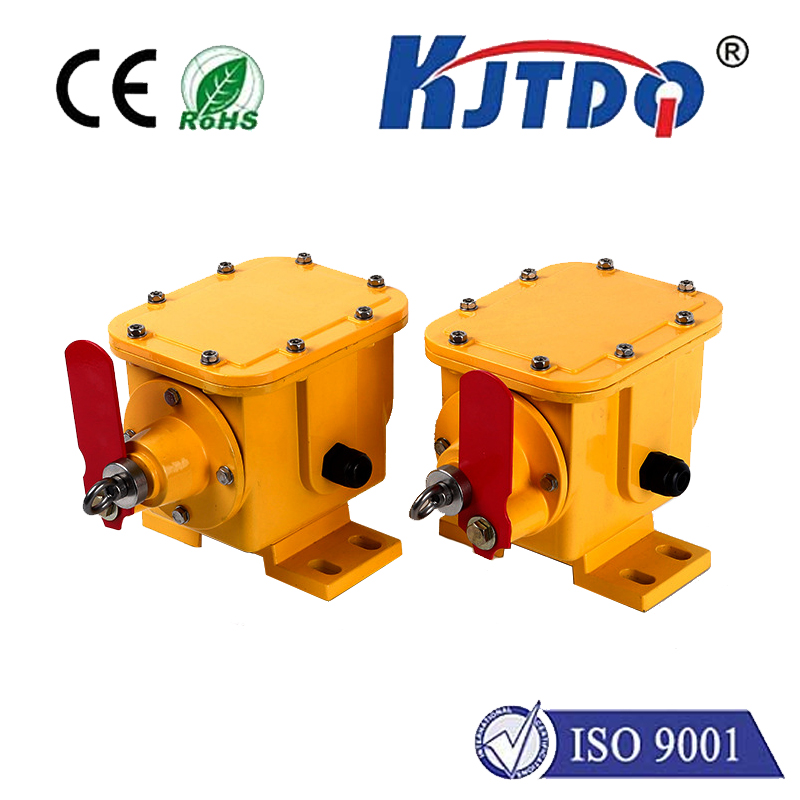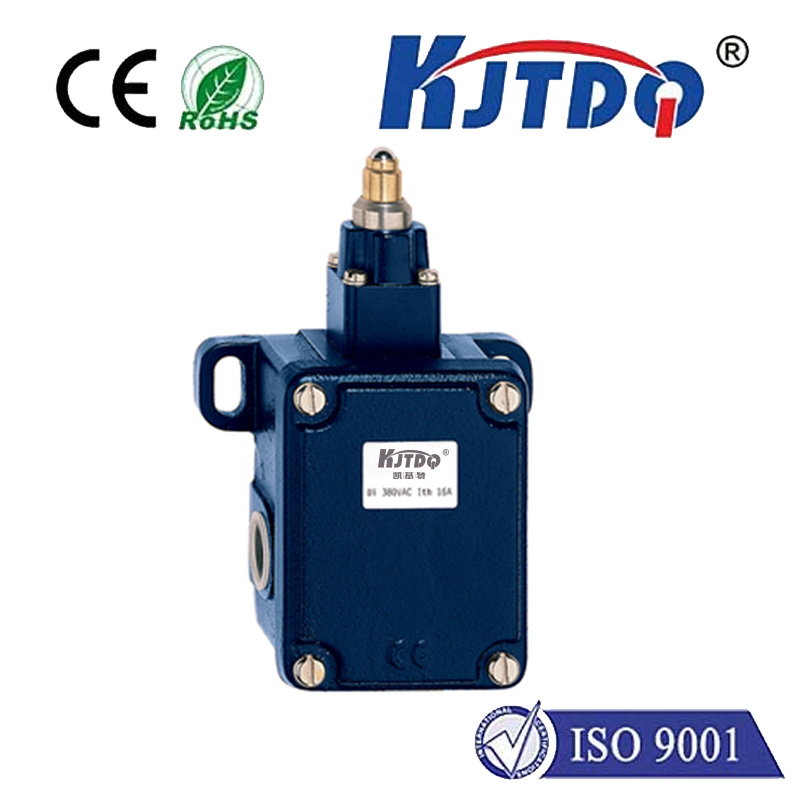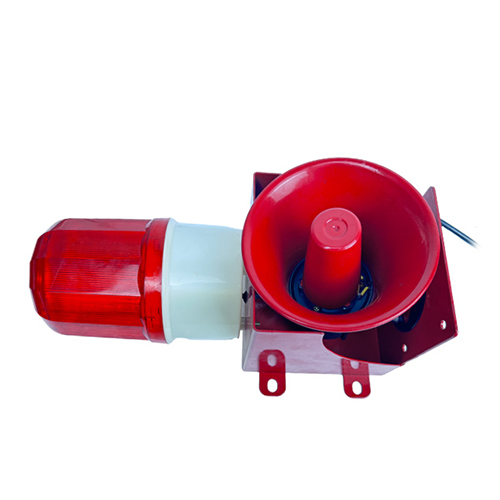

check

check

check

check

check

check

check

check

check

check
Title: Understanding the Micro Switch with Lever Actuator
A micro switch with a lever actuator is a type of electronic component that is widely used in various applications, including automation and control systems. This article aims to provide a clear understanding of what a micro switch with a lever actuator is, how it works, and its advantages and disadvantages.
Firstly, let's delve into the basics of a micro switch with a lever actuator. A micro switch is a small electronic switch that can be activated by applying force or pressure. It consists of a set of contacts that are closed or opened when the switch is triggered. The lever actuator is an external mechanism that applies force to the switch, causing it to activate. This mechanism is typically made up of a lever, spring, and other components that work together to apply the necessary force.

The working principle of a micro switch with a lever actuator is simple yet effective. When the lever is pushed or pulled, it applies force to the switch, causing the contacts to close or open. This action triggers an electrical signal that can be used to control various devices or systems. The amount of force required to activate the switch depends on the design and specifications of the particular micro switch being used.
One of the main advantages of a micro switch with a lever actuator is its compact size and low cost. These switches are small enough to fit into tight spaces and are often used in applications where space is limited. They are also relatively inexpensive compared to other types of switches, making them a popular choice for many applications.
Another advantage of using a micro switch with a lever actuator is its durability and reliability. These switches are designed to withstand high levels of mechanical stress and environmental factors such as temperature changes, humidity, and dust. They are also resistant to wear and tear, ensuring long-lasting performance.
However, there are some drawbacks to using a micro switch with a lever actuator. One potential issue is the limited range of motion that the lever can provide. This may limit the flexibility of the system in which the switch is used. Additionally, if the lever actuator fails or becomes damaged, it can affect the overall functionality of the system.
In conclusion, a micro switch with a lever actuator is a versatile and reliable electronic component that has many practical applications. Its compact size, low cost, and durability make it a popular choice for use in various industries. While there may be some limitations to its use, the benefits generally outweigh the drawbacks, making it a valuable addition to any control system.
